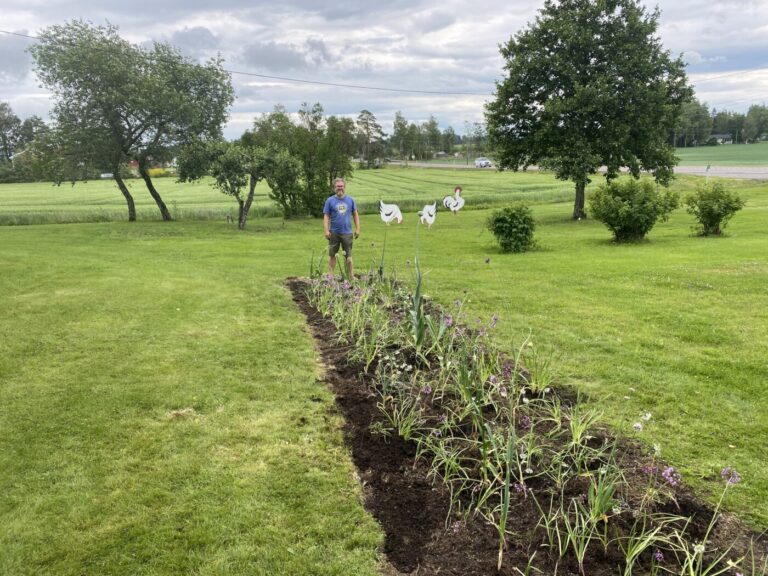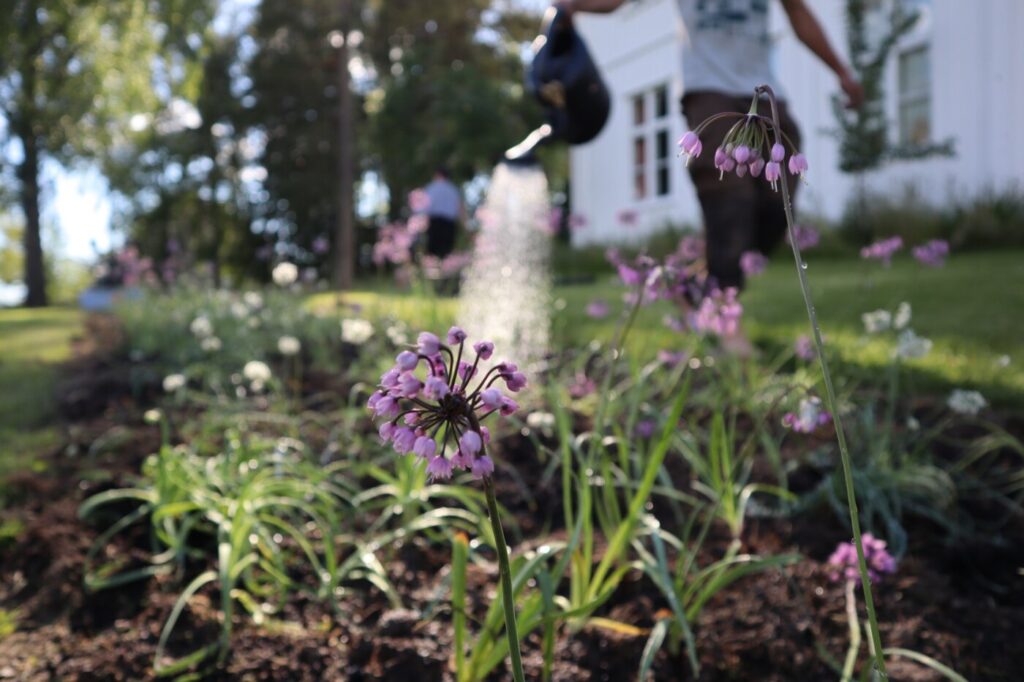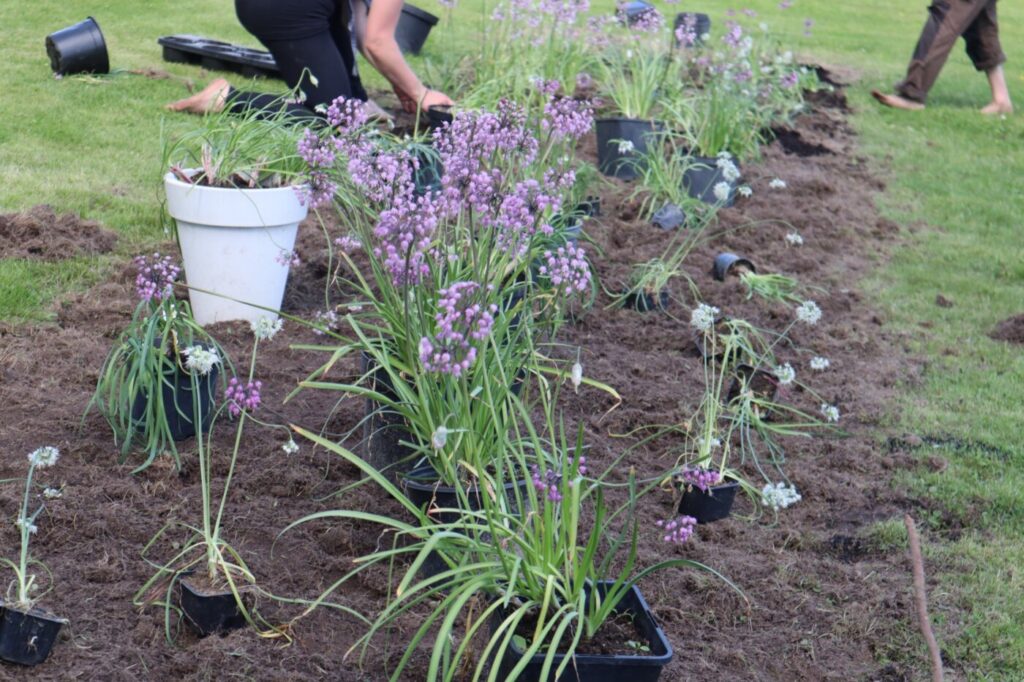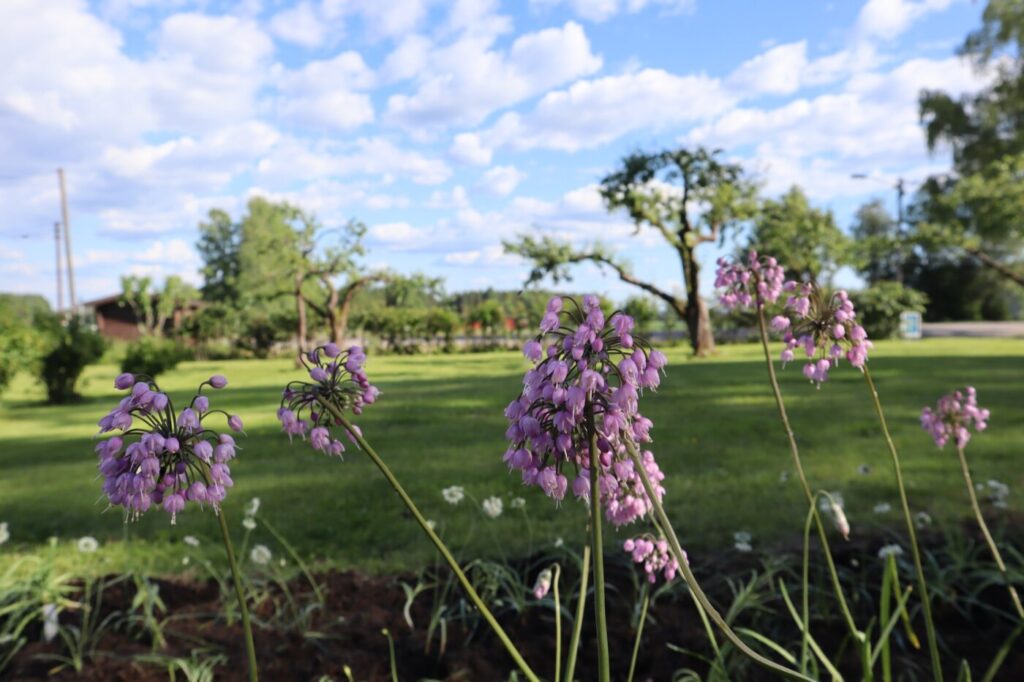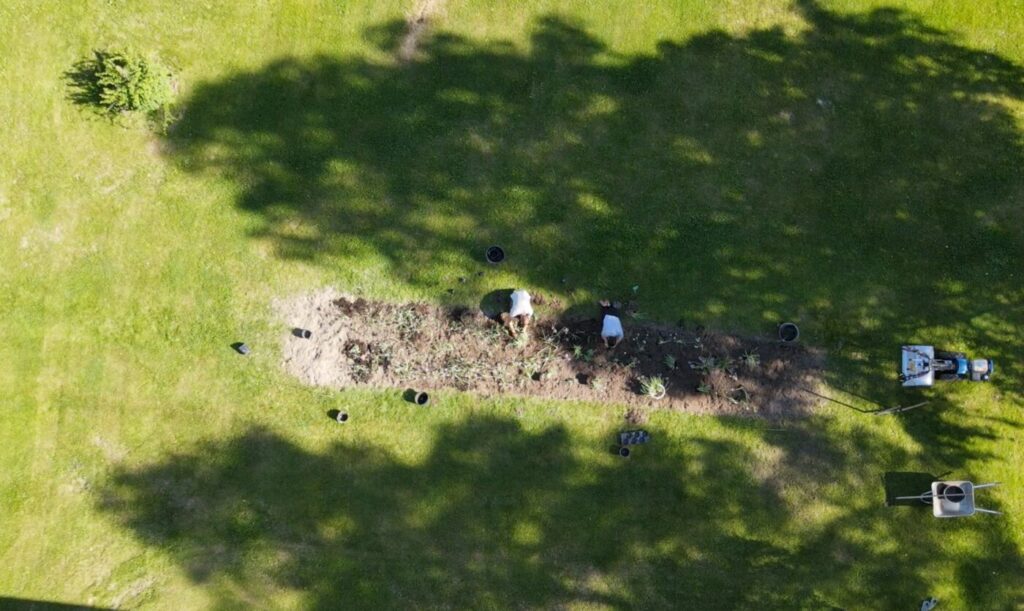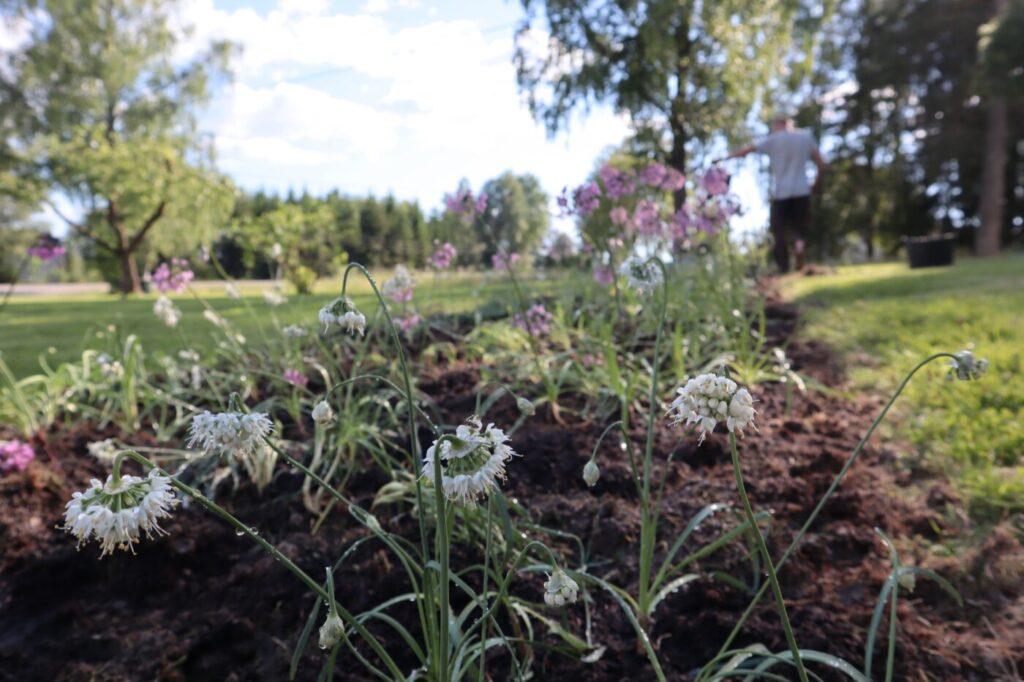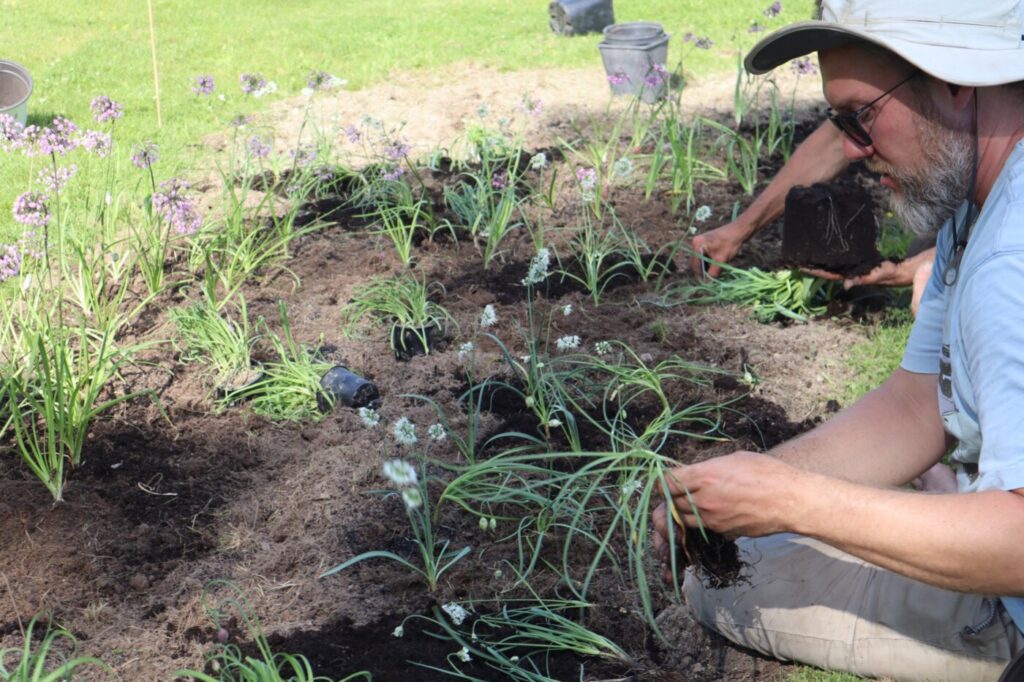I recently attended a gathering organized by the Norwegian Seed Savers which included a broad network of gardeners and plant enthusiasts from all over Norway. We gathered in the priest’s farm at Ringebu which is one of the jewels in the crown of the recently established Schübeler Gardens.
Frederik Schübeler (1815 – 1892) was a Norwegian botanist and curator at the Botanical Museum in Oslo from 1852 until 1892. He sent seeds and plants to a large network of priests and their wives with express orders on how to sow and cultivate them. The network covered all of Norway with a special focus on what can be grown in the North. Many of the old priest farms still have the original plants sent to them 150 years ago.
Notably, Steigen Prestegård on Angel Island (Engleøya) which I visited and documented in this video in 2020. Only the 20-meter-tall trees remain from the 500 some plants established there from 1870-80, showing what accession can do to a collection over time.
In my interview with Haldis at Ringebu Prestegård we see another of the original priest farms in the network which has been restored to its original glory.
One of the speeches held at the gathering which really got my attention was by Tron Hirsti, the head of the Norwegian Garden Company which Frederik Schübeler established. Tron spoke about the historical connection between Frederik Schübeler and Norway’s national poet, Henrik Wergeland.
This was especially interesting to me as I had just signed a contract with Museums in Akershus to establish an Allium Garden at Stein Skole in the spirit of Henrik Wergeland. Stein Skole is from the turn of the century and has a mural on the wall of Wergeland riding a horse, sowing seeds and flowers with children following in his wake.
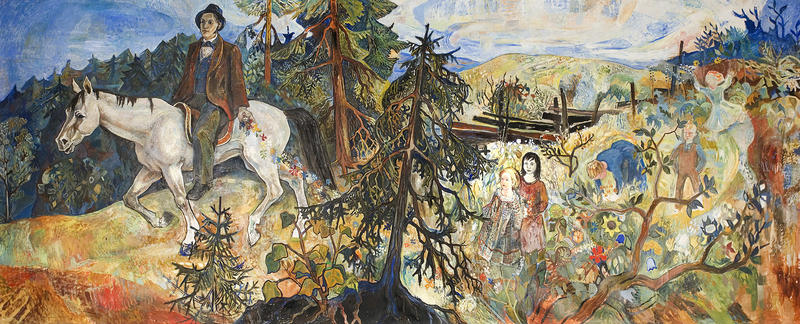
When I returned from the gathering, I was geared up to establish the Allium Garden. Luckily, I had a family with three kids visiting the farm who helped me establish it. The youngest of the three was named Henrik and we formed a special connection.
I have written elsewhere about ecosystems resonance and the importance of doing things in waves. We spent the first few days training the family in working with nature on the farm and following the flow of what the farm needs. Instead of the usual attitude of work, work, work and getting it done, I like to have several things to do and move between them depending on how the flow of the farm leads me. We try to look at work done on the farm as art where we “paint” with seeds, plants, mulch, compost, and water. The result is a series of waves of interaction between people, plants, soil, insects, and birds.
We selected the Alliums we wanted to paint with and drove together to Stein Skole and started painting. We started with three varieties of Nodding onion (Allium cernuum): Pink Giant, Alan Capular and Hammer (which is a cross called Allium stellatum x cernuum). This formed the base colors of pink and white.
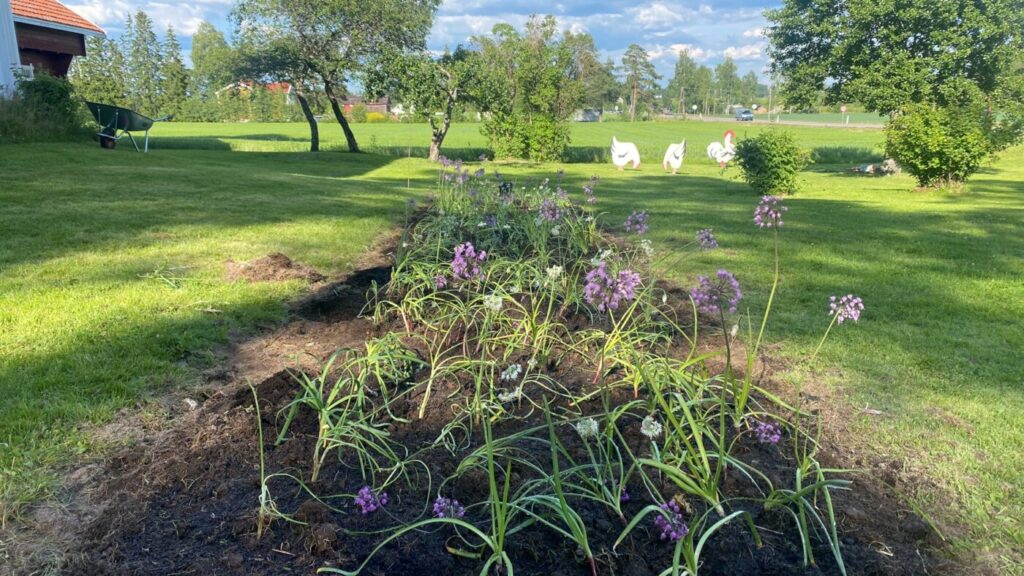
The next day I added: Egyptian walking onion (A. X proliferum), Welsh onion (A. fistulosum), Elephant garlic (A. ampeloprasum var. ampeloprasum), Perennial Leek (Allium ampeloprasum L.) and Hard neck garlic (A. sativum). This added depth to the garden with Elephant garlic as the centerpiece.
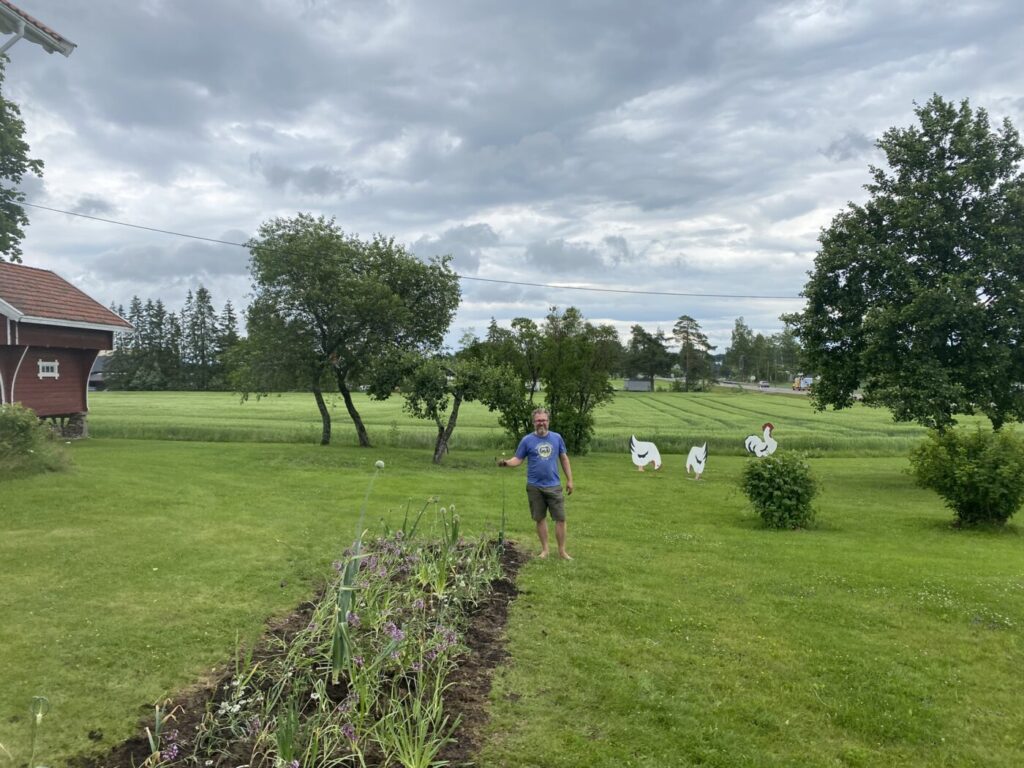
Yesterday my buddy Daniel helped me add the finish touches with: Victory onion (A. victorialis), North Norway onion (A. sinesence x nutance), Twisted leaf (A. nutans), Sherpa onion (A. walachii), A. hymenorrhizum, A. oleraceum and A. spirale.
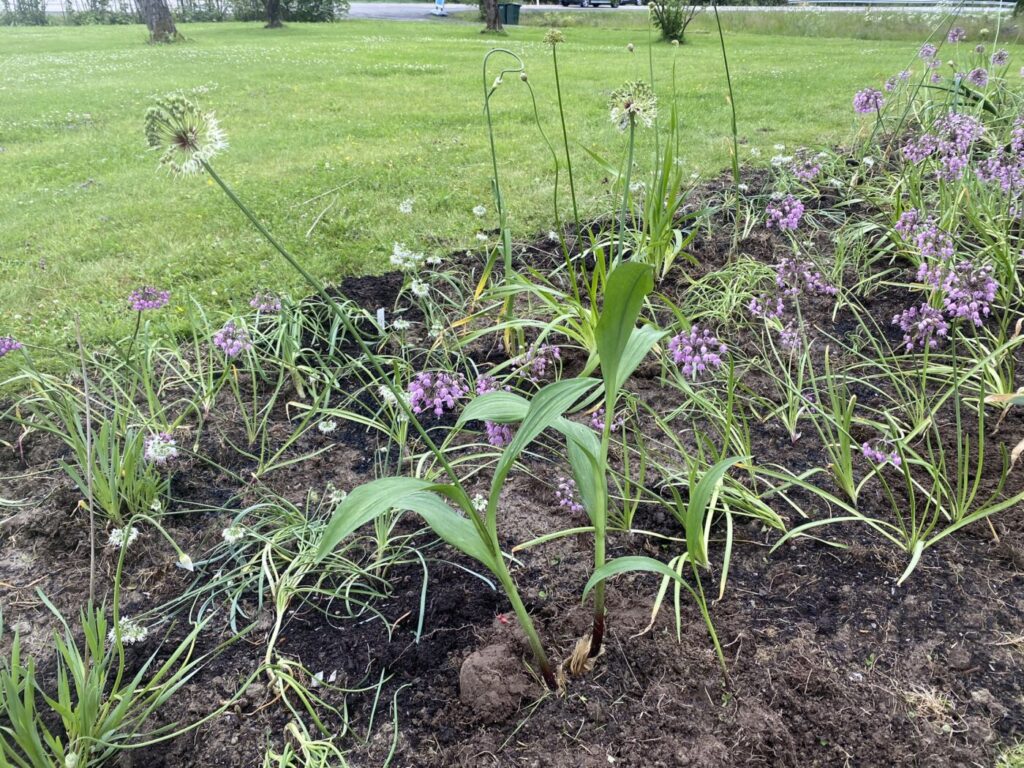
I hope many visitors will come by and have a look. There is an open café and guided tours of the school for those who want to see it and the brand-new Allium Garden. Thanks especially to Stephen Barstow for sending me alliums over the years. It feels good to be able to reproduce a small piece of his massive collection which I also filmed in 2020 at the Botanical gardens in Ringve near Stephens place.

